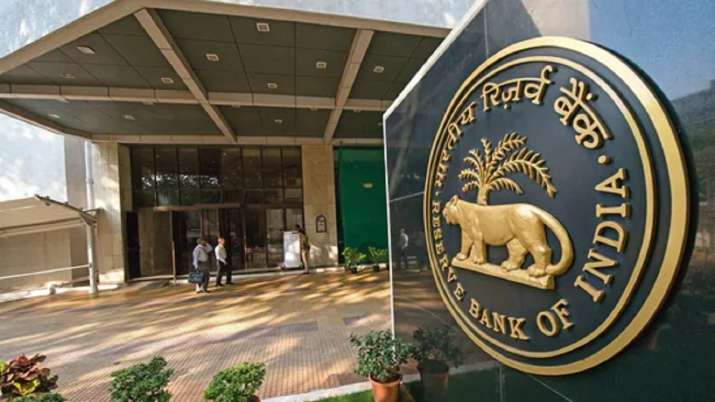In order to improve the financial soundness of Urban Co-operative Banks (UCBs), the RBI has decided to create a straightforward four-tiered regulatory framework. A panel of experts led by former RBI deputy governor N S Vishwanathan had presented a number of suggestions for improving UCBs. In addition to other recommendations, the committee had suggested a four-tiered regulatory structure depending on the size of the banks’ deposits and the regions in which they operated.
Buy Prime Test Series for all Banking, SSC, Insurance & other exams
For important factors such net worth, the Capital to Risk-weighted Assets Ratio (CRAR), branch expansion, and exposure limitations, a differentiated regulatory approach was primarily advised. A crucial component of the recommendations was belonging to an umbrella organisation. The RBI has agreed to a number of committee recommendations.
KEY POINTS:
- For Tier 1 UCBs functioning in a single district, a minimum net value of Rs 2 crore has been mandated, and Rs 5 crore for all other UCBs (of all tiers).
- According to the RBI, this will help the banks become more financially resilient and improve their capacity to finance business expansion.
- According to information provided by UCBs as of March 31, 2021, the majority of banks have already complied with the requirement.
- To enable a smooth transition to the revised norms, the UCBs that do not meet the requirement will be given a glide path of five years with interim milestones.
- The minimum CRAR requirement for Tier 1 banks is maintained at the current prescription of 9% under the current capital adequacy framework based on Basel I, according to the RBI.
- While maintaining the current capital adequacy framework, it has been agreed to increase the minimum CRAR for Tier 2, Tier 3, and Tier 4 UCBs to 12 percent in order to enhance their capital structure, according to the central bank.
- In order to increase growth chances in the sector, the RBI also decided to create an automatic path for branch expansion for UCBs that meet specific requirements.



 Indian Olympic Medal Winners List Till N...
Indian Olympic Medal Winners List Till N...
 Who is the Inventor of the Gramophone?
Who is the Inventor of the Gramophone?
 HS Dhaliwal Appointed New DGP Of Andaman...
HS Dhaliwal Appointed New DGP Of Andaman...
